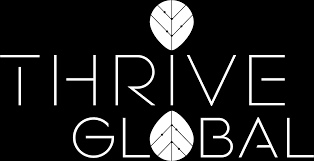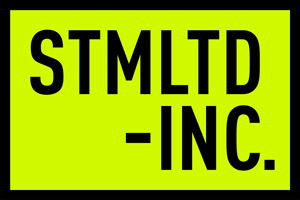Why I Disrupted My Own Business and Adopted a Hybrid Creative Strategy
By Robb Wagner

August 6, 2021

When I describe my company’s hybrid creative model today, most people assume the pandemic was the catalyst. After all, the world’s largest work-from-home experiment sent much of our industry scrambling as living rooms became makeshift editing bays and Zoom sessions took on client reviews, all with dogs, kids and the occasional awful filter as the backdrop.
We all had to make major pivots due to COVID’s massive paradigm shift, and some companies did well to scramble and capitalize on fleeting opportunities. Others just suffered as the pandemic raged on, determined to get back to the ‘old ways’ — whatever that even means in a tech-forward business.
I was actually none of the above, as the catalyst behind our hybrid strategy was set in motion years before COVID had us all comparing Zoom-bomber stories.
COVID-19 wasn’t my paradigm shift.
What inspired the hybrid strategy we use today was the lesson I learned from another major paradigm shift, one that put my company on the brink of failure and led to me a sobering realization:
I needed to disrupt my own business before outside forces disrupted it for me first.
When I started my creative studio in 2005, we experienced rapid growth. The world was ripe for activations that allowed consumers to experience brand assets in a whole new way. By 2007, I had bought a building in Los Angeles that was filled with workstations, artists, image processing technology and technicians. Our overhead was high, but we were generating revenue until – BOOM – the mortgage bust tanked the economy and stopped everything. Revenue disappeared, but the overhead was still there.
Thinking it would pass, I kept my team onboard so we would be ‘ready to go’ when the world restarted (sound familiar?). But, as more time passed, more money flew out the window to cover my company’s overhead. It was like watching a swimming pool drain out.
That year, I did a lot of great in-house development work with my team, but there was no income and we were writing big checks every month…actually, every day. Every day we had to figure out who needed to be paid and how we were going to pay them. We always found a way to do it, but it wasn’t fun, and I wouldn’t wish that on anyone. I was caught in an overhead trap.
This wasn’t creative work. It wasn’t the reason I got into this business. So when 2010 rolled around and things still weren’t getting better, I had to make a change. I sold the building and equipment at a loss. I told myself I’d go back to my creative roots and make my company forever agile.
Over the next couple of years, projects slowly started coming back, and I could feel the beginning of another growth period. The question was how I would handle it this time. Would I need to invest hundreds of thousands of dollars again? Or even more in infrastructure? And if I did, what would happen if there was another paradigm shift?
Yet, here we were growing again, and I found myself needing more space, workstations, software and artists. On top of that, the world had entered a period of rapid, constant change that I had to be part of (where a lot of people are scared of change, I actually live for it!). And I couldn’t let my work be limited to the capabilities of my in-house team, or even my city.
That’s why I did something radical in 2013. I went hybrid. Instead of investing in more physical infrastructure and in-house resources that created more liability than value, I invested in bespoke technology that would make us agile. I then downsized my physical space and in-house team to only the most essential people.
Meanwhile, I also grew my global remote workforce of creative specialists. As a result, we were able to keep ahead of shifting audience demands or – if you wish – consumer demands. And we got to live our best creative work lives while we did it.
Our new agility gave us even more ability to innovate, which led us all the way up to 2020, when – BOOM – COVID-19 became the next global paradigm shift. But when the pandemic hit and everything stopped, things were different for my company this time. There was no overhead trap threatening to destroy my business before the world came back. Although I was understandably concerned about the well-being of everyone affected, our company was able to continue and even begin to provide new opportunities for artists and companies.
My message to readers is simple: don’t wait for the next great paradigm shift – economic bust, pandemic or something else entirely – to get agile, efficient and focused on your true calling. We have to be smart in order to thrive. And hybrid creative work is a strategy that can let us all win, if we do it right. It’s not easy, especially at the scale of a global company. But if you learn how to master hybrid creative work at scale, there’s a good chance you’ll realize you were doing things the hard way for far too long. And you’ll never want to look back.
Republished from Thrive Global
https://thriveglobal.com/stories/dont-wait-for-the-next-major-paradigm-shift-to-get-agile/
